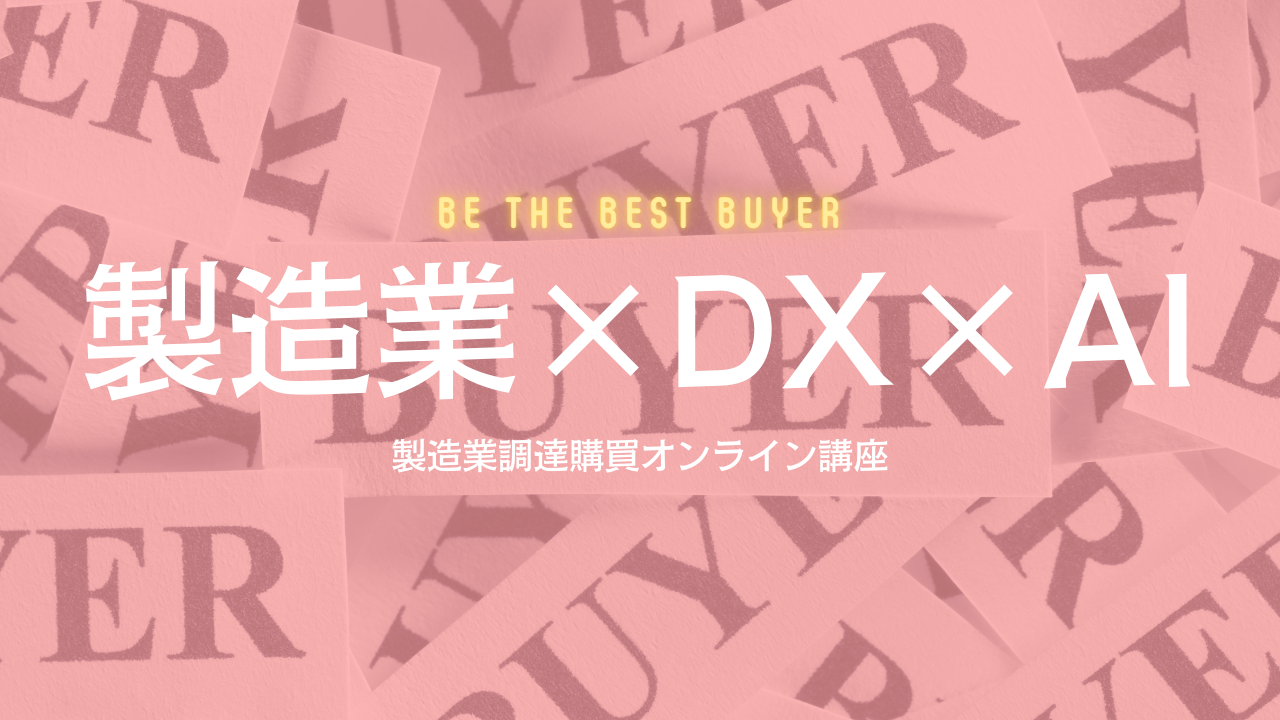- お役立ち記事
- Strategies and Methods for Procurement and Purchasing Departments to Achieve Both Quality Improvement and Cost Reduction of Processed Products

Strategies and Methods for Procurement and Purchasing Departments to Achieve Both Quality Improvement and Cost Reduction of Processed Products

Quality and cost efficiency are often competing priorities in any procurement or purchasing department. However, with the right strategies, it is possible to improve quality while simultaneously reducing costs. Here are some effective methods purchasing professionals can implement:
Standardize Processes and Requirements
A lack of standardization across a supply chain leads to inefficiencies and inconsistencies. Take time to clearly define your quality requirements, product specifications, ordering and payment processes. Provide documentation of these to all suppliers to ensure everyone is on the same page. Standardization eliminates room for errors and improves conformance to expectations. It also makes it easier to compare suppliers objectively.
Implement Lean Manufacturing Practices
Adopting lean principles in the sourcing and manufacturing of products can significantly boost quality while reducing waste. Work with suppliers to identify and remove non-value adding activities from their production lines. Have them map their processes to spot areas for streamlining. Encourage continuous improvement through small, incremental changes. Practices like just-in-time delivery, kanban pull systems, and 5S workplace organization aid in avoiding defects and minimizing excess inventory holding costs.
Negotiate Long-Term Agreements
Build strong, collaborative partnerships with top-performing suppliers through long-term contracts instead of always opting for the lowest bid. Commit to providing stable demand forecasts and payment terms in return for price concessions. These multi-year agreements provide incentives for suppliers to invest in quality enhancements that yield long-run savings for both parties. They lower procurement costs through economies of scale and reduce risks and uncertainties.
Leverage Technology for Visibility and Analytics
Digital solutions like ERP systems, supplier portals, RFID, barcoding, sensor networks etc. enhance monitoring of the full supply chain. This gives deeper visibility into Production Performance, compliance with SLAs, inventory levels and distribution challenges. Leverage analytics on this vast data to pinpoint root causes of defects, forecast demand more precisely and optimize replenishment quantities/frequencies. Such insights enable continuous improvement actions with demonstrable benefits.
Implement a Supplier Rating System
Put in place a program to regularly measure, analyze and report supplier performance across multiple KPIs like quality, delivery, cost, responsiveness, sustainability etc. Compare ratings across peers anonymously to foster healthy competition. Clearly communicate scoring methodology. Utilize scores contract negotiations and also to provide recognition/rewards for high performers. This motivates all suppliers to step up efforts on the factors that matter most for your category success.
Conduct Risk Assessments and Audits
Gauge suppliers’ financial health, capabilities, certifications, manufacturing processes and quality management systems through detailed risk profiling. Schedule periodic on-site quality audits even of longstanding suppliers. Be proactive in identifying vulnerabilities—both within your own processes and your partners’ operations. Risk mitigation ensures uninterrupted supply of conforming inputs, with additional assurances from contingency plans involving alternative sources.
Facilitate Continuous Training
Help build supplier competencies by sponsoring training programs—either online modules or sessions by industry experts—on topics like modern manufacturing techniques, quality standards, safety protocols, packaging best practices etc. An upskilling initiative enhances supplier compliance and readiness for technology/process changes. It strengthens relationships built on a collaborative spirit of mutual learning and improvement. Over time, it even allows some costs to be passed back given the productivity benefits.
Realize Total Value of Ownership
While initial component pricing understandably gets maximum focus, own the full lifetime expenses involved rather than just the purchase cost. Consider total maintenance, warehousing & distribution outlays, efficiency/downtime impacts of poor quality, costs of rework/warranty claims, equipment upgrades required etc. Make trade-offs between higher initial investments that lower total operating expenses in the long-run. A comprehensive value analysis reveals true best options and quantifiable benefits of quality best practices.
In summary, by institutionalizing some or all of these time-tested procurement strategies and supply chain quality management methods, organizations can satisfy both objectives of excellence as well as economy. A collaborative, solution-oriented approach helps forge indispensable supplier alliances essential in today’s competitive landscape. Continuous optimizations across the extended enterprise deliver sustainable value for all stakeholders in the years ahead.
 資料ダウンロード
資料ダウンロード
QCD管理受発注クラウド「newji」は、受発注部門で必要なQCD管理全てを備えた、現場特化型兼クラウド型の今世紀最高の受発注管理システムとなります。
 NEWJI DX
NEWJI DX
製造業に特化したデジタルトランスフォーメーション(DX)の実現を目指す請負開発型のコンサルティングサービスです。AI、iPaaS、および先端の技術を駆使して、製造プロセスの効率化、業務効率化、チームワーク強化、コスト削減、品質向上を実現します。このサービスは、製造業の課題を深く理解し、それに対する最適なデジタルソリューションを提供することで、企業が持続的な成長とイノベーションを達成できるようサポートします。
 製造業ニュース解説
製造業ニュース解説
製造業、主に購買・調達部門にお勤めの方々に向けた情報を配信しております。
新任の方やベテランの方、管理職を対象とした幅広いコンテンツをご用意しております。
 お問い合わせ
お問い合わせ
コストダウンが利益に直結する術だと理解していても、なかなか前に進めることができない状況。そんな時は、newjiのコストダウン自動化機能で大きく利益貢献しよう!
(β版非公開)






